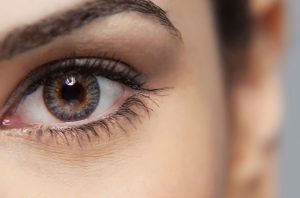
What it is and what causes it
Adult acne is acne that occurs after the age of 25. For the most part, the same factors that cause teenage acne play a role in adult acne. The four factors that directly contribute to acne are: excess sebum production, clogged pores, bacteria and inflammation.
There are also some indirect factors, including hormones, stress and the menstrual cycle in women, as well as skin care products and makeup, which can clog pores. In some people, consumption of sugar and dairy products is associated with flare-ups. Certain medications, including corticosteroids, anabolic steroids, and lithium, can also cause acne.
Acne and underlying conditions
Many skin disorders, including acne, can be signs of various diseases. For example, hair loss, excessive hair growth, irregular menstrual cycles, rapid weight gain or loss, combined with acne without a previous history, may be signs of an underlying disease such as polycystic ovary syndrome or endocrine disorders. Let your doctor know if you experience additional symptoms, as proper diagnosis is of utmost importance in treating the problem.
Treatment of acne
There are many treatment options for adult acne. Consult your Dermatologist as treatment depends on the type and severity of acne.
He can prescribe you local medicinal preparations or recommend specialized treatments, such as chemical peels, laser treatments, etc. which will help with acne treatment.
Prevention
Some things you can do to reduce your risk of acne:
- Never go to bed wearing makeup, but clean your face thoroughly every night.
- When shopping for cosmetics and skin care products, look for the phrases “non-comedogenic” or “non-pore-clogging”.
- Avoid face oils and hair products that contain oils
- Wear sunscreen with SPF 50+ daily
- Finally, there is evidence that specific dietary changes may help, such as reducing dairy products and foods with a high glycemic index (those that cause blood sugar levels to rise more quickly).





No comment yet, add your voice below!